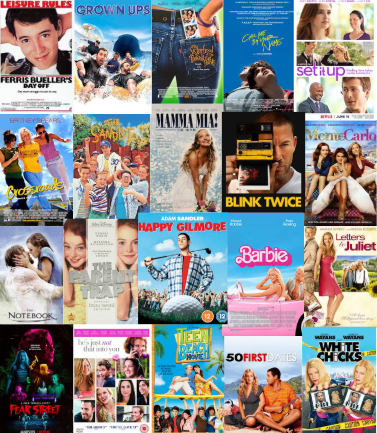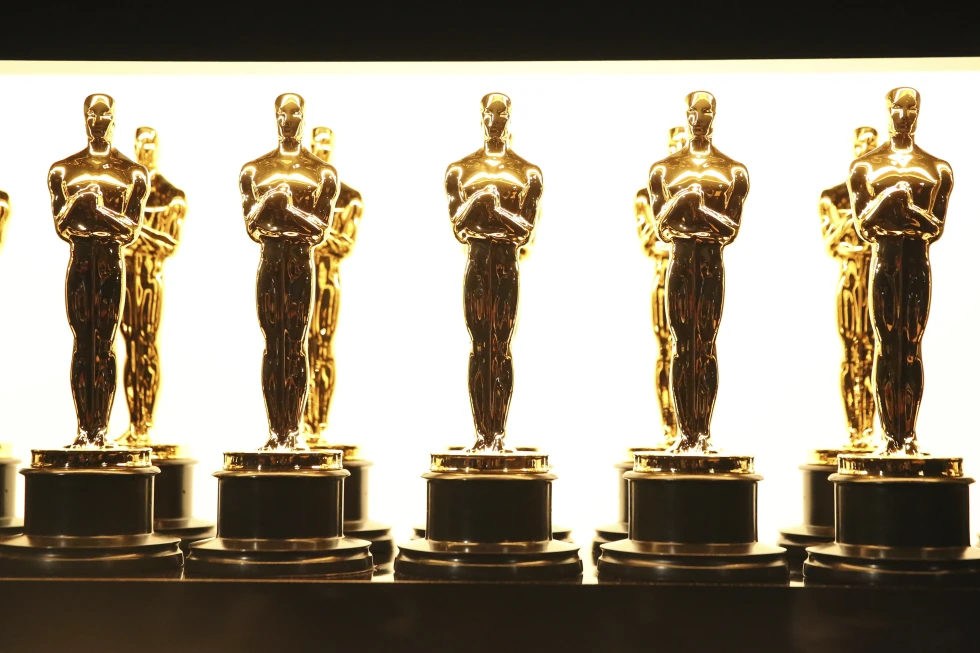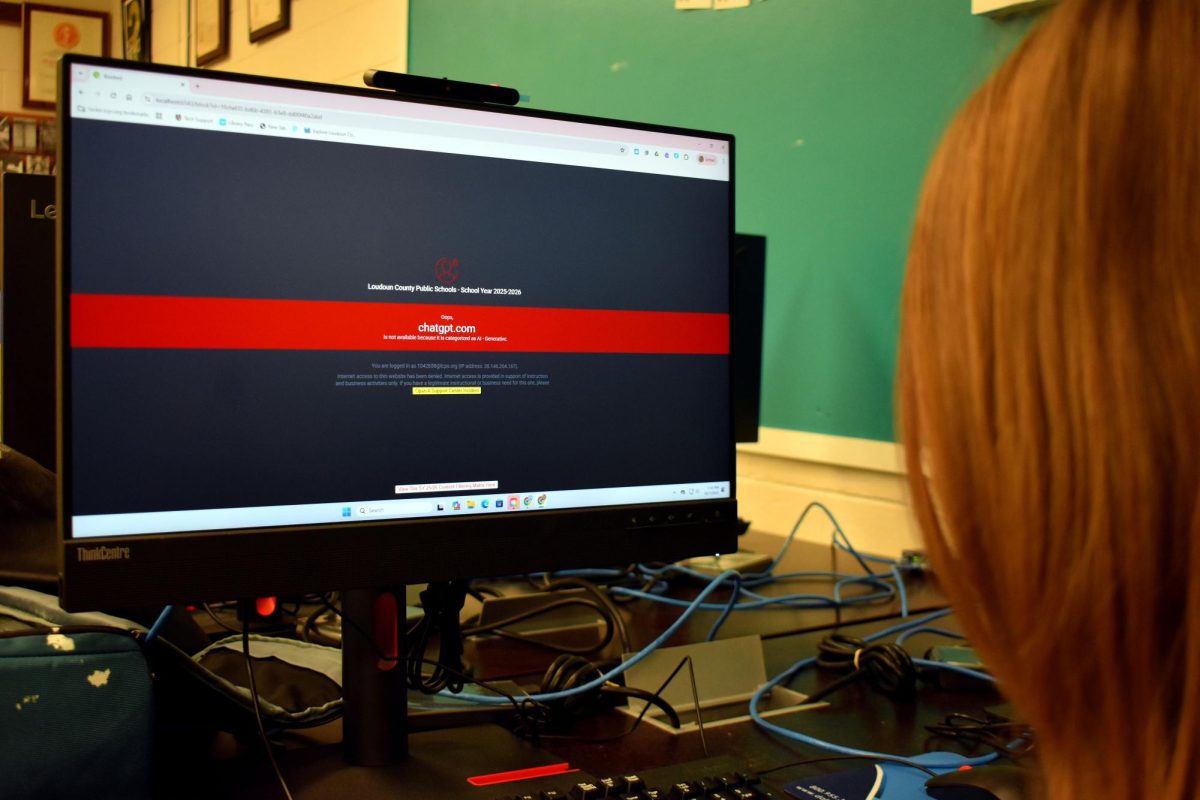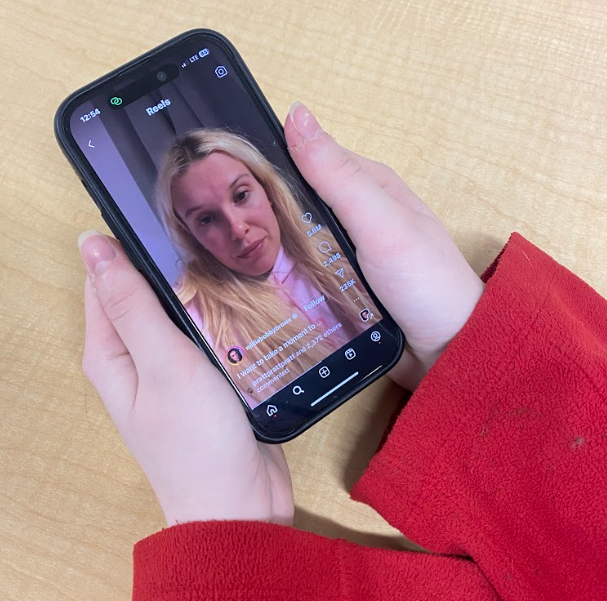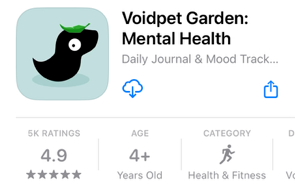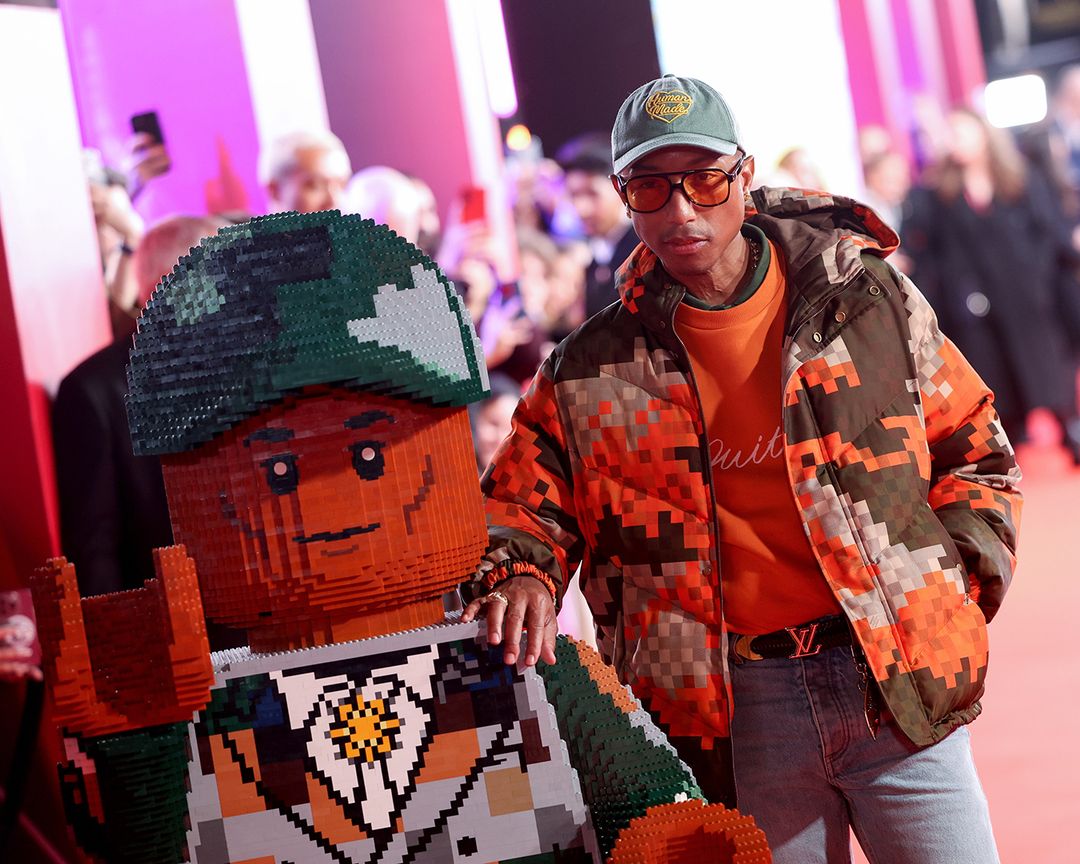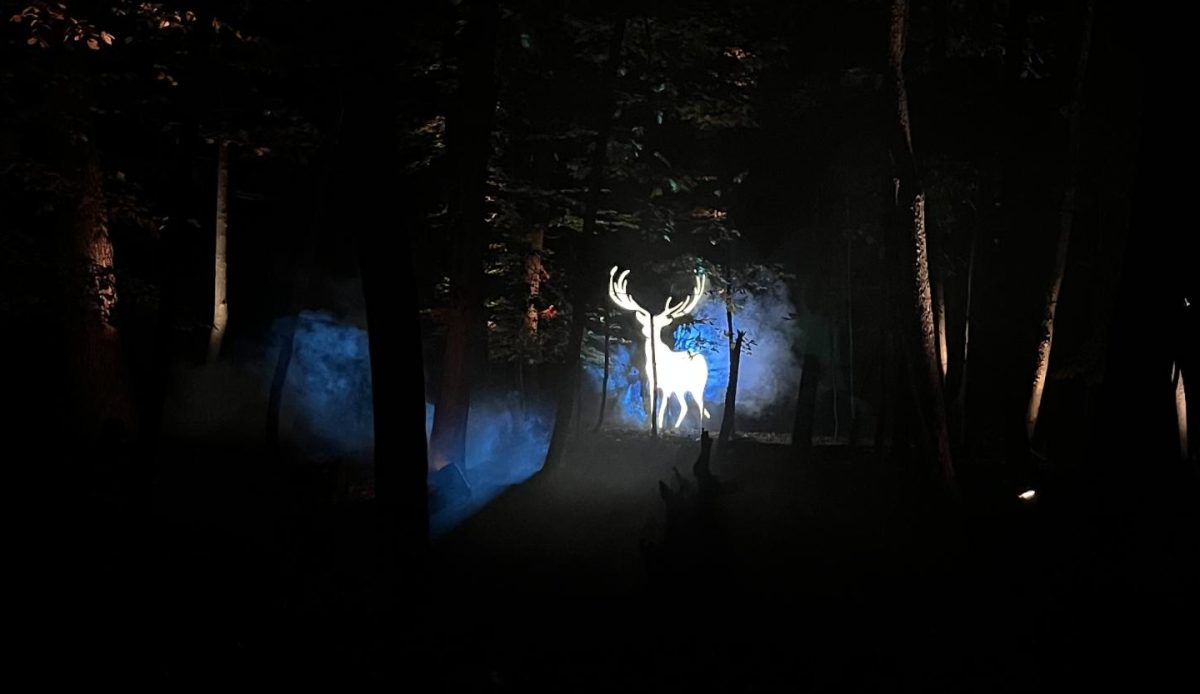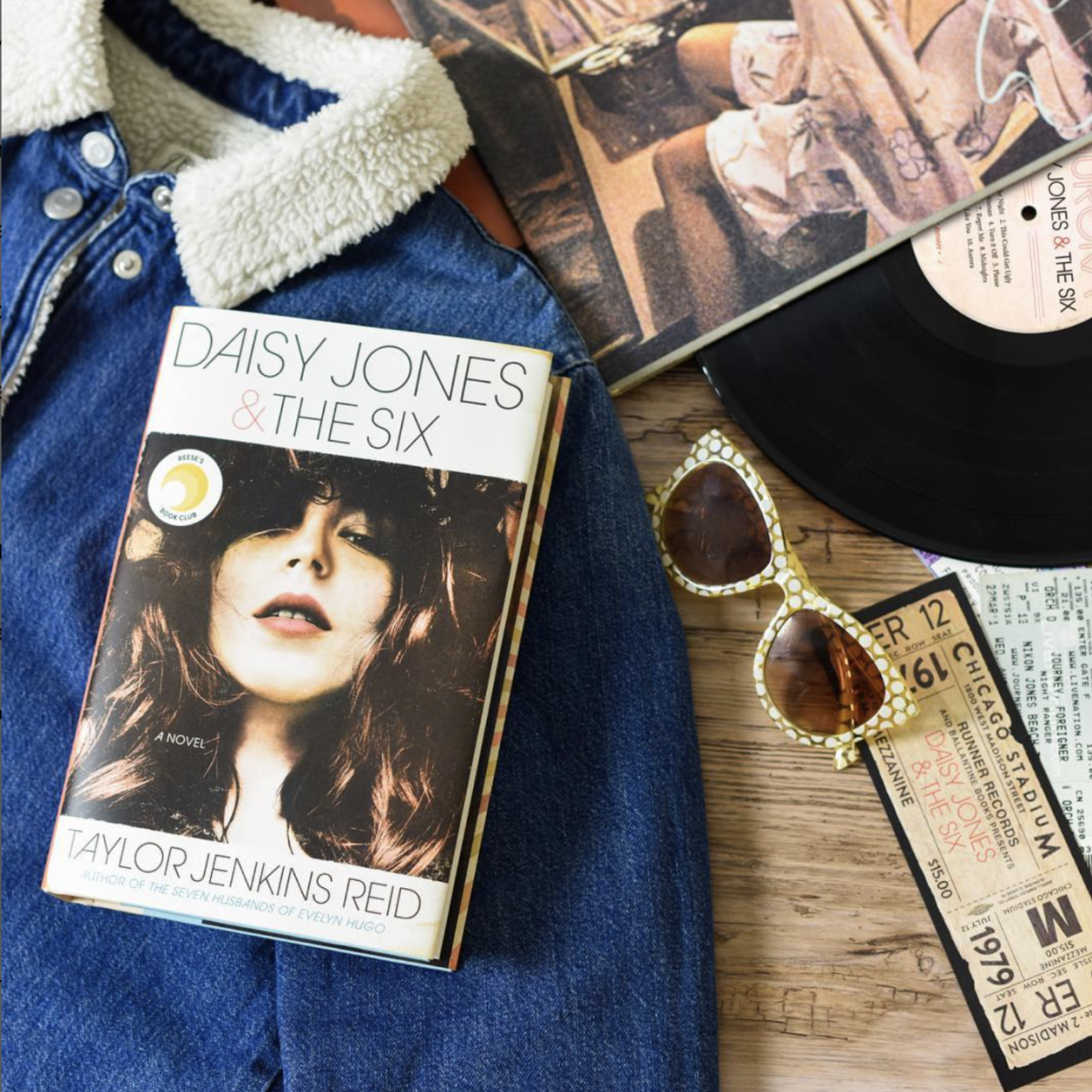The original “Lilo & Stitch,” a Disney movie set in Hawaii about a girl named Lilo and an alien named Stitch, was released in 2002. In their continued (and exhausting) journey to expand on existing franchises, Disney released a live action version of this beloved film on May 23, and you know I rolled up to the theater expecting to tear apart yet another poorly-made Disney live action.
It’s not a secret that Disney has struggled to make successful live action films, the most recent failure being the adaptation of “Snow White and the Seven Dwarfs,” criticized for extensive changes to the original fairytale and casting decisions.
So naturally, I was expecting this one to be pretty terrible. I couldn’t have been more wrong. Disney nailed a balance of staying true to the original story while adding some nuance and realism to the remake to keep viewing feeling fresh.
We start the film on a distant planet where scientist Dr. Jumba is sentenced for improper genetic experimentation to create Experiment 626 (Stitch). When Stitch escapes exile to Hawaii, Jumba and Agent Pleakley are sent to Earth to retrieve him.
Enter Lilo, a rambunctious, orphaned young Hawaiian girl. She is taken care of by her older sister Nani, who’s in a battle with the state to maintain custody of Lilo.
Hearing that Lilo wants a friend, Lilo and Nani’s neighbor Tutu takes Lilo to the local animal shelter where she adopts a rather strange looking fuzzy blue “dog,” whom she names Stitch. Nani is visited by social worker Kekoa and CIA agent Cobra Bubbles, who demand Nani find a new job. So when Nani becomes a surfing instructor, Jumba and Pleakly cause Lilo to nearly drown in a jet-ski quest to capture Stitch.
At the hospital, Kekoa tells Nani that the state can cover health insurance if she hands Lilo over to the state. Nani sadly agrees. Upon hearing this news, a guilty Stitch returns to the animal shelter, causing Nani to search for Lilo on the mission to find Stitch.
Jumba finds and recaptures Stitch. However, Lilo sneaks onto his spaceship, ejects Jumba and crashes the spaceship into the ocean. Nani rescues Lilo, but Lilo begs to save Stitch too. After dropping Lilo on shore, Nani retrieves Stitch, who is revived through jumper cables. When the spaceship comes to take Stitch back to the planet, the Grand Councilwoman allows Stitch to live out the rest of his exile in Hawaii with Lilo.
Back at their house, Kekoa tells Nani that Lilo can live with Tutu so Lilo is able to stay close to home. Nani agrees, and is then able to live out her dream of studying marine biology at the University of California, San Diego. She uses a portal gun stolen from Jumba to jump back and forth from California and Hawaii to visit Stitch and Lilo whenever she pleases.
My highlight of the film is the nuance and development of Nani and Lilo’s sibling relationship. Specifically, Nani was given her own motivations and backstory, providing much more emotional depth to her relationship with Lilo and the sacrifices she made for it. Although there was a lot of controversy surrounding Sydney Agudong being cast as Nani, she was one of my favorite performances in the film. As an older sister, she perfectly encapsulates what it feels like to deal with pestering younger siblings.
And speaking of pestering younger siblings, Maia Keoloha, who played Lilo, gave an incredible performance. Her line delivery was phenomenal throughout the movie, even more impressive for being seven years old when she filmed the movie. She perfectly emulated the rowdy, lovable and sometimes unbearable traits of the original Lilo that make her such a beloved character.
A huge controversy of the remake is that in the end, unlike in the animated version, Nani loses custody of Lilo. On the contrary to the general public, this was actually a reason that I liked the film. Of course, I want Lilo and Nani to continue their loving relationship, but I thought this decision added an element of realism to the movie. In reality, Nani was not creating a safe home life for Lilo — she simply wasn’t able to with her resources.
And this story change allows Nani to also live out her happy ending, going to college. I am at a loss, though, as to why she wouldn’t go to a Hawaiian school, some of the strongest for marine biology in the country.
Moving away from our human characters, let’s talk about the aliens of this story. To start with, the transformation of Jumba and Pleakley into humans was a great way to not lean too heavily into CGI for the story but still keep these beloved characters. Especially in the opening scene on the distant planet, the CGI was so heavy that it didn’t look live action in the slightest, which I’m happy didn’t set the precedent for the rest of the film.
I loved the human take on Pleakley, though I will forever miss Pleakley in drag like in the original. However, I didn’t like Jumba, probably the only character I outright dislike in the remake. He lacks his Russian accent which makes it impossible for me to connect his character to the original. Additionally, he didn’t receive the incredible character arc at the end of the story that turns him “good.” That is an enormous amount of lost potential for character development.
However, the alien that Jumba hunted throughout the film, Stitch, was executed perfectly. He was voiced by the original voice actor, which, unlike Jumba, made it easy to connect the characters across versions. The emotion and facial expressions the CGI artists were able to depict in Stitch were incredible. He was such a hilarious and lovable character, making the scene where he almost died at the end all the more devastating.
In fact, the almost-death scene was another amazing addition to the original story. It added a degree of heart-wrenching to the story that would appeal to both children and the adults who grew up with the original story.
Overall, this remake felt less orchestrated and magical than other Disney live actions, which I love. It changed the story just the perfect amount to keep viewership fresh but also appeal to lovers of the original tale.
If you’re looking for a good laugh (or a crying session), “Lilo & Stitch (2025)” for adults to relive their childhood nostalgia or for children to be introduced to our beloved Hawaiian characters.



